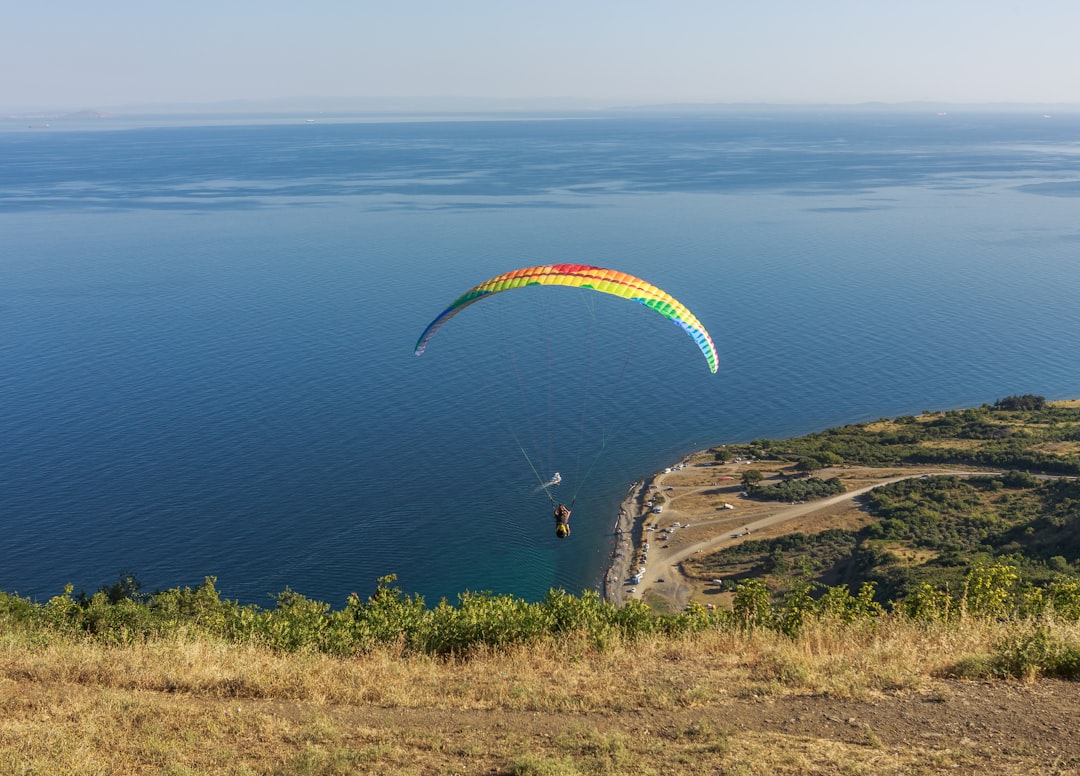
Best Hiking Trails Around the World: A Journey for Every Adventurer.
# Introduction. Hiking is more than just a physical activity; it’s an experience that connects you with nature, challenges your body, and soothes your mind. With the vastness of the Earth presenting diverse terrains, each with unique ecosystems and breathtaking views, the options for adventurous souls are endless. This article explores some of the best hiking trails around the world that cater to varying levels of experience and ambition. # 1. Inca Trail, Peru. The Inca Trail is one of the most famous hiking destinations globally, leading you through stunning landscapes filled with ancient ruins and breathtaking views. Stretching approximately 26 miles (42 kilometers), this trail takes you through the Sacred Valley and culminates at the awe-inspiring Machu Picchu. The trek typically spans four days, and along the way, hikers pass through lush cloud forests, picturesque ruins of Incan counters, and spectacular high-altitude views. The highlight is arriving at Sun Gate, where one can catch the sunrise illuminating Machu Picchu in a golden glow, offering a mystical experience. Reservations for the trail typically fill up quickly, so planning ahead is essential. # 2. Appalachian Trail, USA. The Appalachian Trail (AT) is an iconic hiking trail that spans approximately 2,200 miles from Georgia to Maine, and it is a bucket-list hike for many outdoor enthusiasts. Covering diverse landscapes, one can experience the lush forests of the Smoky Mountains, vast farmlands, rolling hills, and even sweeping views from formidable peaks. The AT attracts both day hikers and those looking to complete a thru-hike, and its accessibility from various towns allows for segments to be done throughout the year. Additionally, the sense of community among hikers, the ‘trail magic,’ and the quaint towns along the way create a unique atmosphere, making the AT a treasured adventure. # 3. Torres del Paine Circuit, Chile. Located in the stunning Patagonian region of Chile, the Torres del Paine Circuit, also known as the 'W' trek, offers jaw-dropping vistas of mountains, glaciers, and turquoise lakes. This 70-mile (112 kilometers) trail typically takes about five to eight days to complete. Hikers experience diverse wildlife, including guanacos and soaring condors, while traversing through wind-swept plains and ancient forests. The soaring granite peaks of the Torres del Paine are iconic, and witnessing their dramatic silhouette against the sky at sunrise is a quintessential memory. This destination is perfect for adventurers looking to immerse themselves in some of the most pristine wilderness in South America. # 4. The Dolomites, Italy. The Dolomites, a UNESCO World Heritage site, provide some of the most stunning mountain hiking in Europe. The Alta Via 1 is a favored trail, offering a mix of challenging terrain and serene scenery across its approximately 75 miles (120 kilometers). This trail leads hikers through charming alpine villages, past turquoise lakes, and up steep inclines to breathtaking mountain passes. The unique geological formations of the Dolomites, combined with the rich cultural history of the region, make hiking here both an adventure and an exploration of the roots of Italian culture. The culinary stops along the way, offering delicious Italian cuisine, are an added bonus for every hiker. # 5. Everest Base Camp Trek, Nepal. For those seeking a transformative adventure, the Everest Base Camp trek is truly the pinnacle of hiking experiences. This trek offers the chance to explore the stunning Sagarmatha National Park, with its dramatic landscapes and rich Sherpa culture. Covering approx 80 miles (130 kilometers) over a span of 12 to 14 days, hikers ascend to 17,600 feet (5,364 meters) at base camp, surrounded by the world's tallest peaks. The experience provides an up-close encounter with iconic mountains like Lhotse and Nuptse, as well as the breathtaking Khumbu Icefall. The sense of accomplishment and camaraderie among hikers destined for this lofty point makes it a remarkable journey unlike any other. # Conclusion. Hiking is not just a sport; it is an exploration of the world around us, providing adventure while also presenting moments of reflection, challenge, and immense beauty. The trails mentioned above reflect just a fragment of the glorious hiking destinations our planet has to offer. Each hike possesses its unique features, attractions, and cultural insights. No matter your level of experience, there is a trail waiting for you, promising an adventure that will stay with you for a lifetime. Lace up your hiking boots, pack your gear, and set out to discover the breathtaking beauty of nature on these incredible hikes. .







